How Safe is USDC? Examining Trust and Danger in Today’s Digital Dollar
USD Coin (USDC), a prominent stablecoin designed to mirror the U.S. dollar, has woven itself into the fabric of the digital currency world. But with its growing role, many are asking: is USDC safe to use and hold in today’s volatile crypto landscape? As its footprint expands, so does the careful examination of its protective measures. We’re digging into what truly makes USDC secure, looking at how it holds its dollar value, what actually backs it, its legal footing, the technology it runs on, and the unavoidable hazards in the ever-shifting crypto environment.
Keeping the Dollar Link: Holding Steady When Shaken
USDC’s core promise is to always trade for one U.S. dollar. People depend on this consistent value to use it for transactions or as a way to hold funds. Circle, the company issuing USDC, strives to honor this by ensuring every USDC is matched by an equivalent value in U.S. dollar assets.
Though generally holding firm, USDC’s dollar link faced a major challenge in March 2023 with the Silicon Valley Bank (SVB) upheaval. When Circle disclosed that $3.3 billion of its backing funds were tied up at SVB, a wave of fear caused USDC’s price to briefly fall to around 87 cents. Circle moved quickly, pledging its own resources to cover any gap and forging new banking relationships, eventually transferring the SVB funds to BNY Mellon when possible. The U.S. government’s decision to guarantee all SVB deposits proved critical, and USDC recovered its dollar value within days. This episode, nonetheless, threw a harsh spotlight on the risks tied to depending on traditional banks.
What’s Really Backing USDC?: The Foundation of Its Worth
The actual makeup of USDC’s reserves and Circle’s openness about them are crucial for public confidence. Circle indicates these reserves are composed of easily accessible cash and assets that can quickly become cash.
A large portion of USDC’s backing resides in the Circle Reserve Fund (USDXX), an SEC-registered government money market fund overseen by BlackRock. This fund predominantly invests in cash, U.S. Treasuries with short maturity dates, and overnight repurchase agreements involving U.S. Treasuries. The balance of the reserves is actual cash, kept in distinct accounts at regulated U.S. financial institutions, with The Bank of New York Mellon (BNY Mellon) acting as a principal custodian. Near the end of 2024, Circle stated that U.S. Treasury bonds made up roughly 80% of reserves, with cash accounting for the remaining 20%.
To build up user confidence, Circle arranges for frequent confirmations of its reserves. Grant Thornton LLP previously handled these reports, but since the 2022 fiscal year, Deloitte & Touche LLP, a major “Big Four” accounting firm, has taken on the role of Circle’s independent auditor, performing monthly checks. These reports, which follow AICPA guidelines, are intended to verify that the assets held in reserve are equal to or greater than the total value of USDC in circulation. Beyond this, Circle releases weekly summaries of its reserve assets, and BlackRock offers daily public updates on the Circle Reserve Fund’s holdings. Circle maintains that these reserves have legal safeguards, are “ring-fenced,” kept apart from Circle’s own operational money, and protected from its creditors.
Legal Footing: Finding Its Way Through a Global Regulatory Tangle
Circle has consistently voiced its dedication to meeting regulatory requirements in numerous countries.
Within the United States, Circle possesses a Money Transmitter license, is registered as a Money Services Business (MSB) with the Financial Crimes Enforcement Network (FinCEN), and has held a BitLicense from the New York State Department of Financial Services (NYDFS) since 2015.
On the international stage, Circle has obtained a Major Payment Institution (MPI) license from Singapore’s Monetary Authority (MAS) and an E-Money Institution (EMI) license in France, which aligns with the European Union’s Markets in Crypto-Assets (MiCA) framework effective July 2024. It has also received licenses or approvals in locations such as Bermuda, Dubai, and Abu Dhabi.
Circle frequently communicates with regulatory bodies, pushing for understandable rules for stablecoins. This forward-thinking approach is meant to cast USDC as a compliant and reliable digital dollar. Yet, because global crypto regulations are constantly shifting, continuous adjustment is vital.
The Tech Setup: Keeping the Digital Dollar Secure
USDC’s safety also relies heavily on the sturdiness of its foundational technology.
Though it began as an ERC-20 token on Ethereum, USDC now functions natively across a wide array of blockchains, such as Solana, Arbitrum, Base, Polygon, and more. This multi-network approach makes it more accessible but also ties its security to the soundness of these varied systems.
The smart contracts—the automated programs—that manage USDC are incredibly important. Circle affirms these contracts are regularly checked by external security specialists like Callisto Network, EtherAuthority, and ChainSecurity. Any updates, such as the v2.2 version designed for better gas efficiency and security, are audited before they go live.
To enable safe transfers of native USDC across different blockchains, Circle created the Cross-Chain Transfer Protocol (CCTP), which employs a “burn-and-mint” process. This method is widely thought to be safer than relying on third-party bridges that lock up assets, a frequent target for hackers. CCTP V2, introduced in March 2025, is expected to offer quicker transfers.
While USDC’s main smart contracts boast a solid audit trail, incidents where USDC has been lost usually arise from weaknesses in external smart contracts that incorporate USDC (for instance, Pike Finance, Loopscale), errors in managing private keys, or incorrect CCTP setup, rather than defects in USDC’s own thoroughly audited primary contracts.
The Issuer’s Trustworthiness and Oversight: Circle’s Part in the Play
How Circle conducts its operations and makes decisions is central to USDC’s safety.
In 2024, Circle announced $1.7 billion in revenue and income from reserves, with a net profit of $156 million. The company also made a confidential filing for an Initial Public Offering (IPO) in January 2024.
Circle has the power to blacklist addresses and immobilize funds to meet legal requirements, like court orders or OFAC sanctions. While this ability is vital for staying compliant, it has sparked worries about resistance to censorship. Significant actions include freezing assets tied to Tornado Cash after it faced sanctions.
The smart contracts for USDC can be updated, and Circle is in charge of this. This centralized management allows for fixing bugs and making enhancements but also consolidates a significant amount of control.
Walking Through a Risky Landscape
Despite its positive attributes, those who use USDC encounter various kinds of potential dangers.
Risks from partners are a key concern. The SVB situation highlighted the danger when banks hold the cash reserves. Although Circle tries to use globally significant banks, the collapse of a major banking ally could affect fund availability and trust. Assets in the Circle Reserve Fund are held by BNY Mellon and managed by BlackRock, an arrangement generally considered strong. Storing USDC on centralized exchanges leaves users vulnerable if an exchange goes bankrupt or is hacked. Employing USDC in DeFi applications brings risks from smart contract flaws, manipulation of price data feeds, and the possibility of impermanent loss.
Each blockchain that USDC runs on carries its own specific risks. These can include network slowdowns, the chance of transaction rollbacks, 51% attacks (a greater threat on less established chains), and weaknesses in third-party bridges if Circle’s CCTP isn’t utilized.
USDC’s deep connections within the crypto market, especially in DeFi, mean that any serious trouble with USDC could ripple outwards, causing widespread market instability and possibly a rush to safer assets. The TerraUSD implosion showed how quickly an unstable stablecoin can spread problems.
Circle claims that USDC reserves are kept separate and would be safe for holders if Circle itself faced bankruptcy, particularly under European rules like MiCA. However, some experts observe a lack of clear U.S. legal decisions specifically addressing stablecoin company failures.
The Competitive Scene: Aiming for Top Marks in Safety
When put beside its chief rival, Tether (USDT), USDC has typically built a stronger image for openness and adherence to regulations. USDT has historically faced questions about what backs its reserves and how they are audited, though it has made moves to be more transparent recently. Decentralized stablecoins such as DAI present an alternative, supported by an excess of crypto assets as collateral, which brings its own challenges like fluctuating collateral values and complex smart contract risks. Newer options like PayPal USD (PYUSD) are using their recognized brand names and existing financial rules to vie for a spot.
What’s Next: New Ideas and Brewing Dangers
Circle’s plans involve tech improvements like CCTP V2 and USDCKit (a developer toolkit for businesses), expanding its reach globally (with a focus on Asia), and forming alliances with big industry names like Binance and ICE to make USDC more useful and widely adopted.
However, fresh threats are always emerging:
- More cunning cyberattacks, including phishing scams, social engineering tactics, and assaults on companies providing services to USDC, are becoming increasingly sophisticated.
- A jumble of regulations, due to a lack of worldwide agreement on how to handle stablecoins, can make it tough to follow all rules and might let some seek out legal loopholes.
- Shifts in global politics and the wider economy, such as sanctions, erratic interest rates, and rising inflation, can affect the assets backing USDC and the stability of the entire market.
- Digital currencies issued by central banks (CBDCs) could appear as extremely secure choices for basic transactions. If they offer better features or stronger government endorsement, they might reduce USDC’s adoption.
In Closing: A Risk Worth Considering
USDC has carved out a reputation as a reasonably secure and open stablecoin, built on a dedication to full backing, frequent financial checks, and proactive dealings with regulators. Its contribution to DeFi and international money transfers is clear.
Yet, it isn’t entirely without risk. Users need to balance the advantages of its consistent value and broad utility against the real dangers associated with its centralized management by Circle, its banking collaborators, and the various platforms where it is employed. The incident in March 2023, when it slipped from its dollar peg, served as a stark lesson that even well-supported stablecoins can be shaken by market turmoil and broader systemic vulnerabilities. As the digital currency field evolves, Circle’s ongoing commitment to openness, rule-following, and effective risk control will be vital for preserving confidence and overcoming future obstacles.


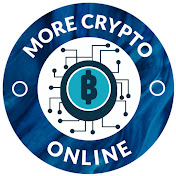







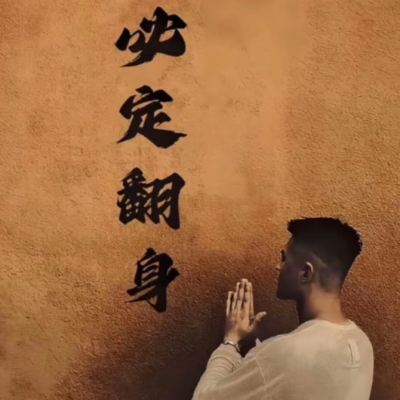


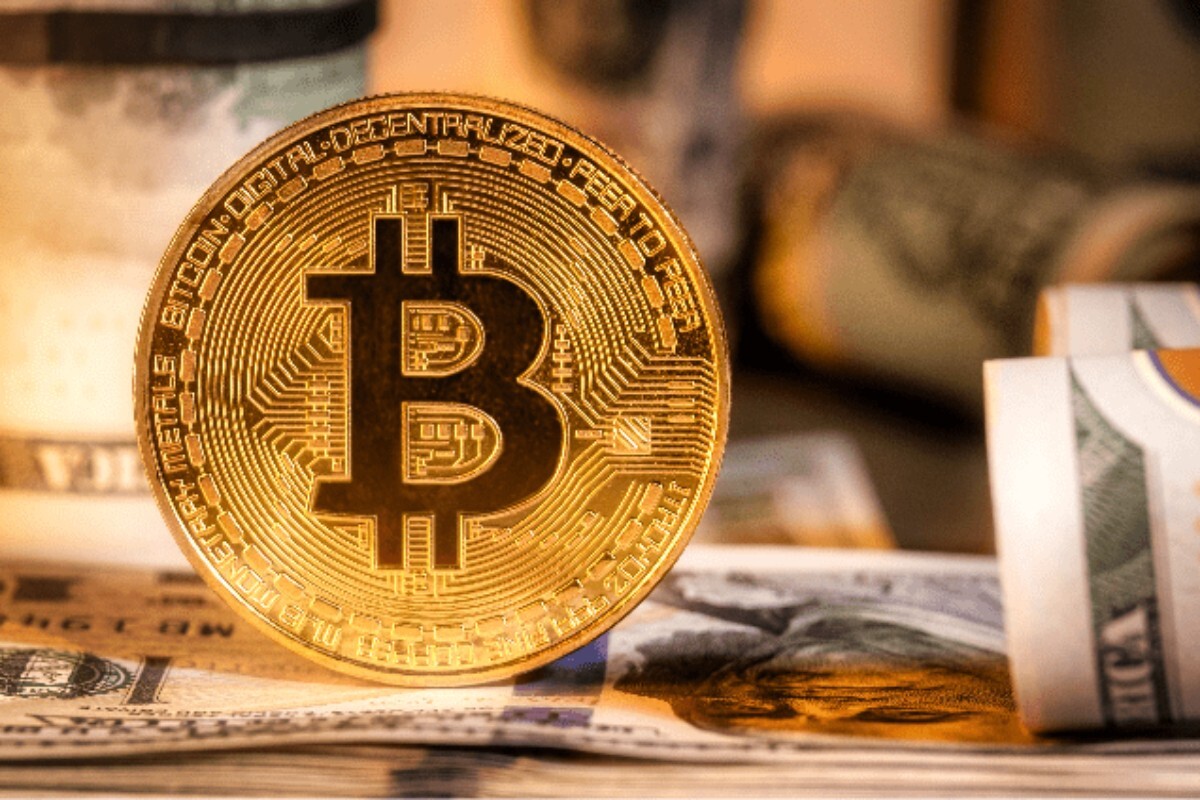
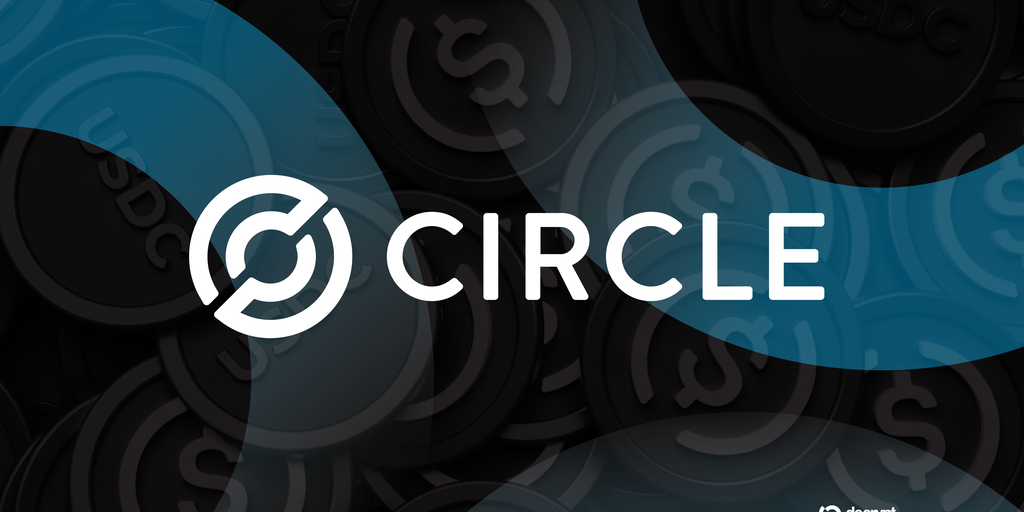
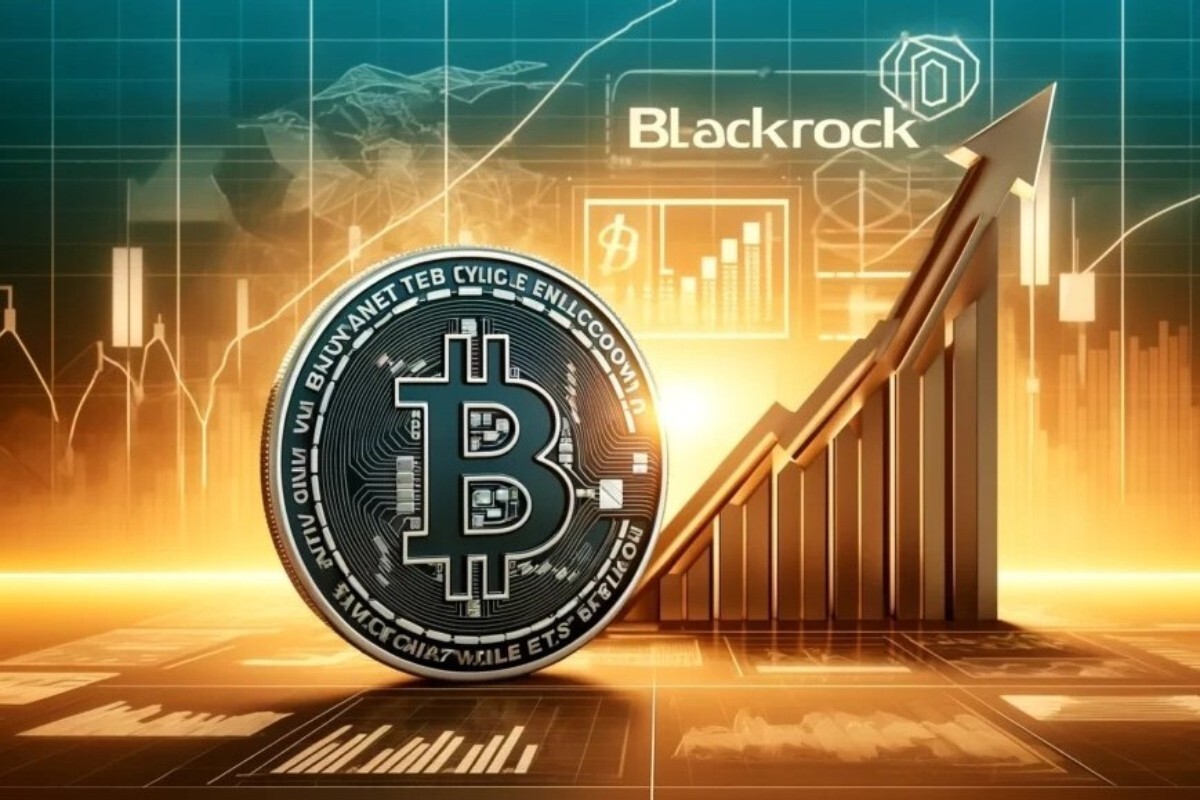
No comments yet